Photoshop has become an integral tool to my artistic career since it first came out in 1988. It grew in popularity particularly in the film industry because of its ability to render very detailed, photorealistic images that could be modified quickly. However, in the theme park industry, I’ve found that Photoshop, and the photorealism that it enables, both help and hinder the creative process for project teams.
It’s important to remember that many of the people who work in the theme park industry come from animation backgrounds, with a lot of them coming from Disney in particular. Because of those roots, they are very used to concepts being represented in a very loose and painterly way.
Before I started working in the theme park industry, I too came from an animation background, and my drawings and paintings reflected a very classical and traditional animation style. When I first started introducing Photoshop in my concepts for theme parks, it was very well received as it was so new. However, over the years, I’ve noticed that some teams in the theme park industry push against the growing move towards photorealism, and explicitly ask for paintings done in the more traditional animation style.
On a recent project with Disney, I was asked to do several pieces that were very organic, with a lot of trees, flowers, and vegetation. I approached the paintings as I do for others, layering references and textures and then styling them towards the end to give them a slight painterly style. The team came back to me and asked me to remove a lot of the detail and make it more painterly.
When I asked them why they wanted that approach, it became clear that they didn’t want a painting that could be perceived as representation of the final product. Rather, they wanted the painting to inspire the team and encourage the different departments – whether architecture, landscaping, etc. – to push boundaries and generate possibilities. This is also one of the reason sketches and drawings are always well received and why I keep doing them in a traditional way.
This is not to say that photorealism doesn’t have a place in theme parks; it depends on the stage of the project and the preferences of the art director. But regardless, the role of a concept artist is less about being technically accurate, and more to inspire creativity and awe.
Digital tools like Photoshop, and now 3D tools are increasingly popular and relevant in the entertainment industry. For the many artists who were trained on these tools from the beginning of their career, I think it’s important to always have a unique style of painting, that can stand on its own, whether you’re being asked to do something that is more photorealistic or painterly. The more technical and precise the tools become, there is still a strong need for traditional aesthetics like watercolors, oil paintings, and more, and a unique style becomes your signature across technologies and tools.


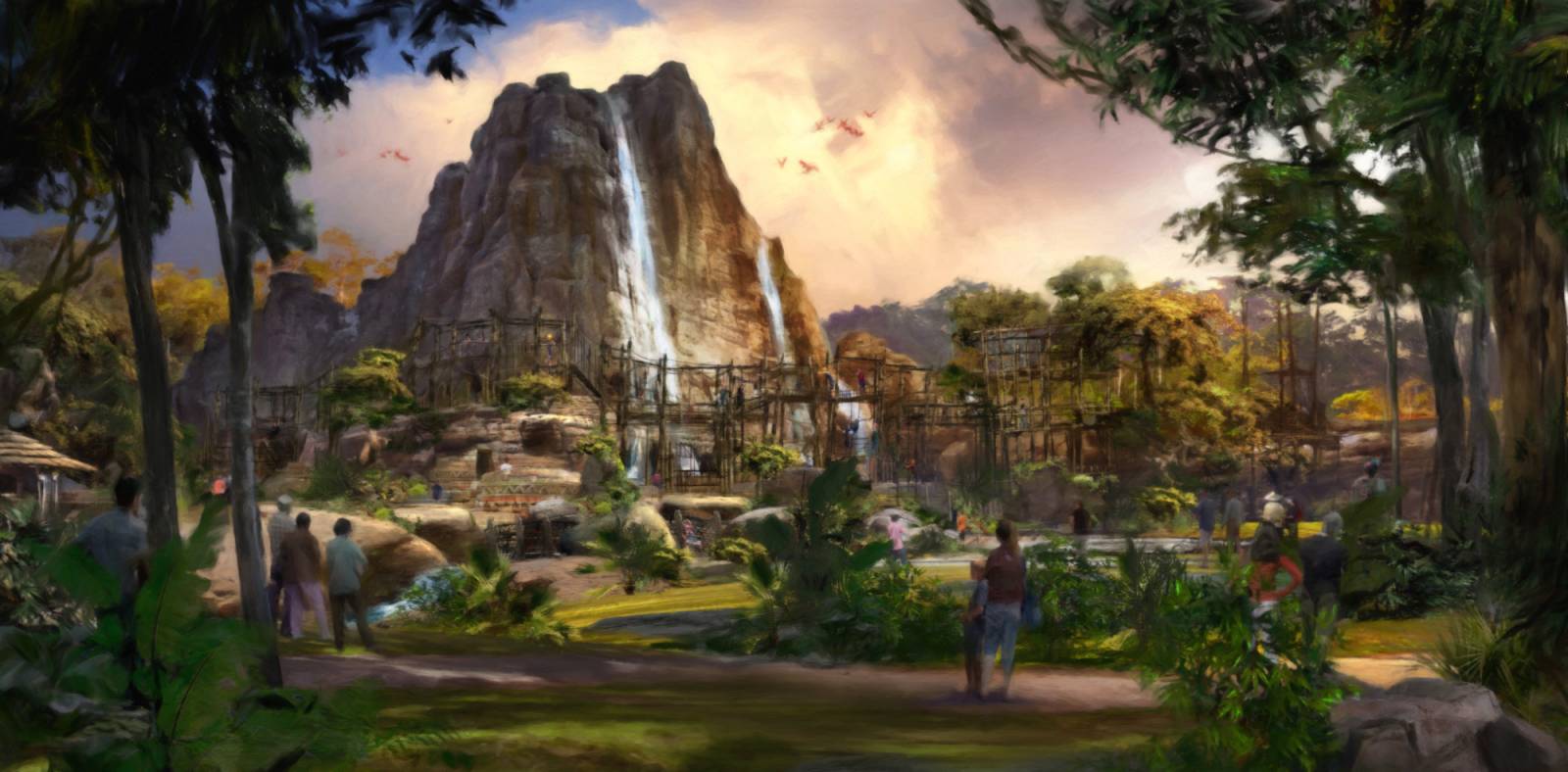


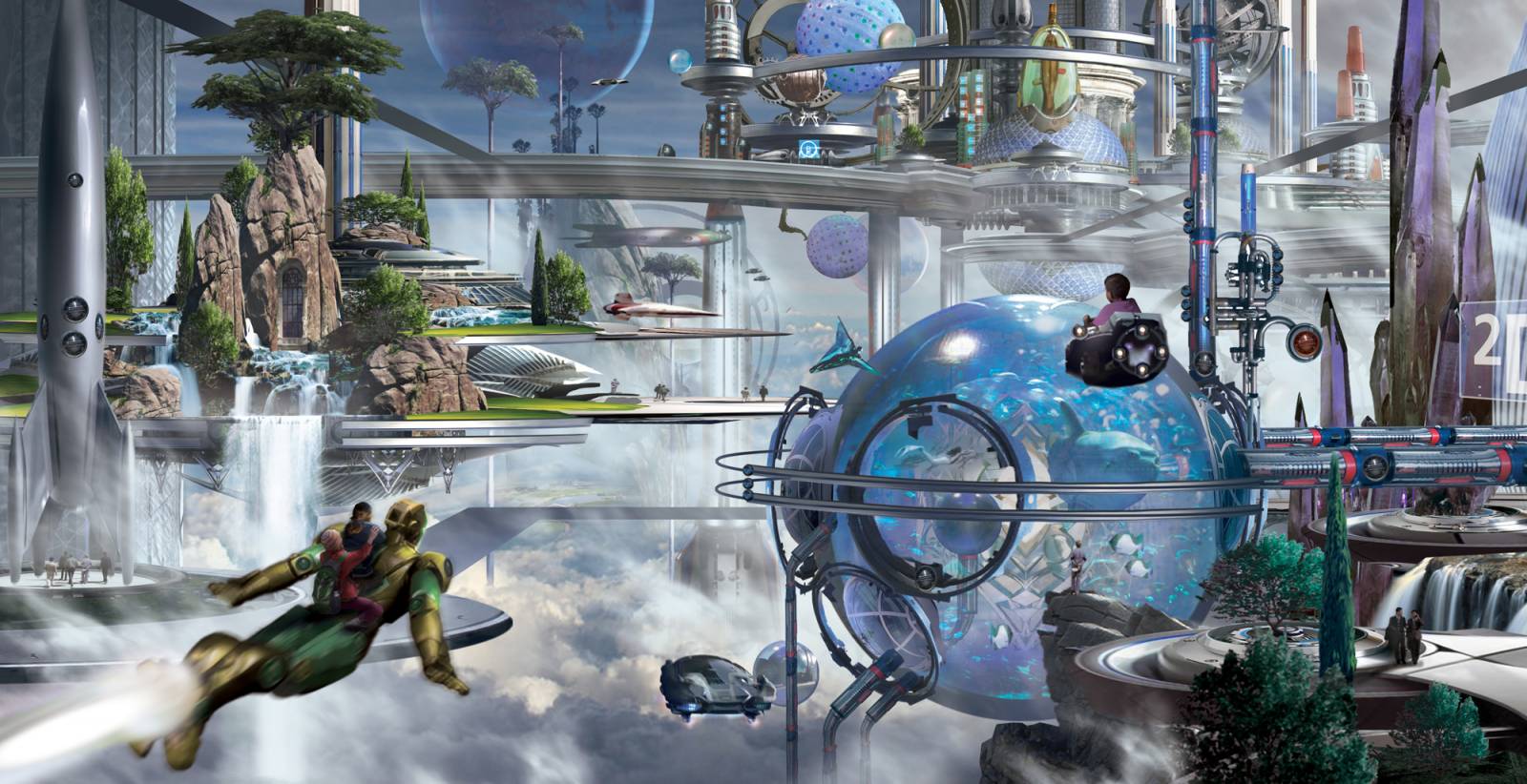
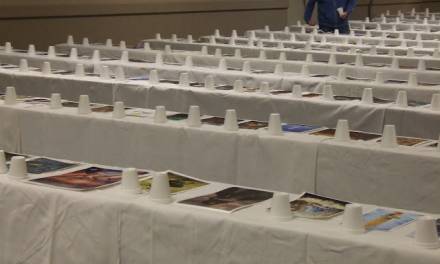
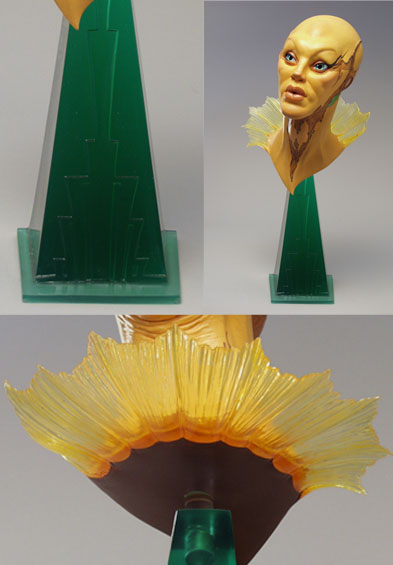
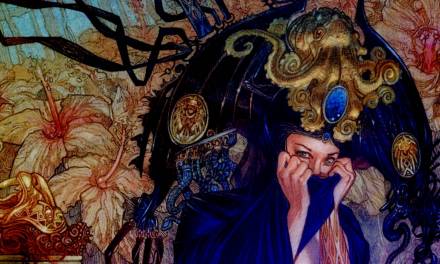
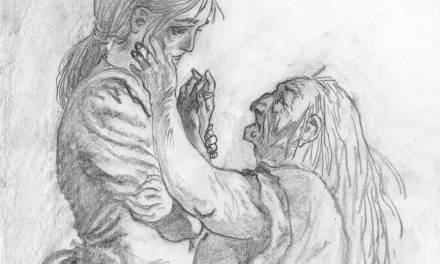
Thanks for sharing Stephan, always nice to hear your insight on the industry and practices. How often do you get to work on theme park conceptual designs? They don’t build those suckers every other day, so it seems like that there is a pretty narrow window to when you get to approach a project like this. Thanks again!